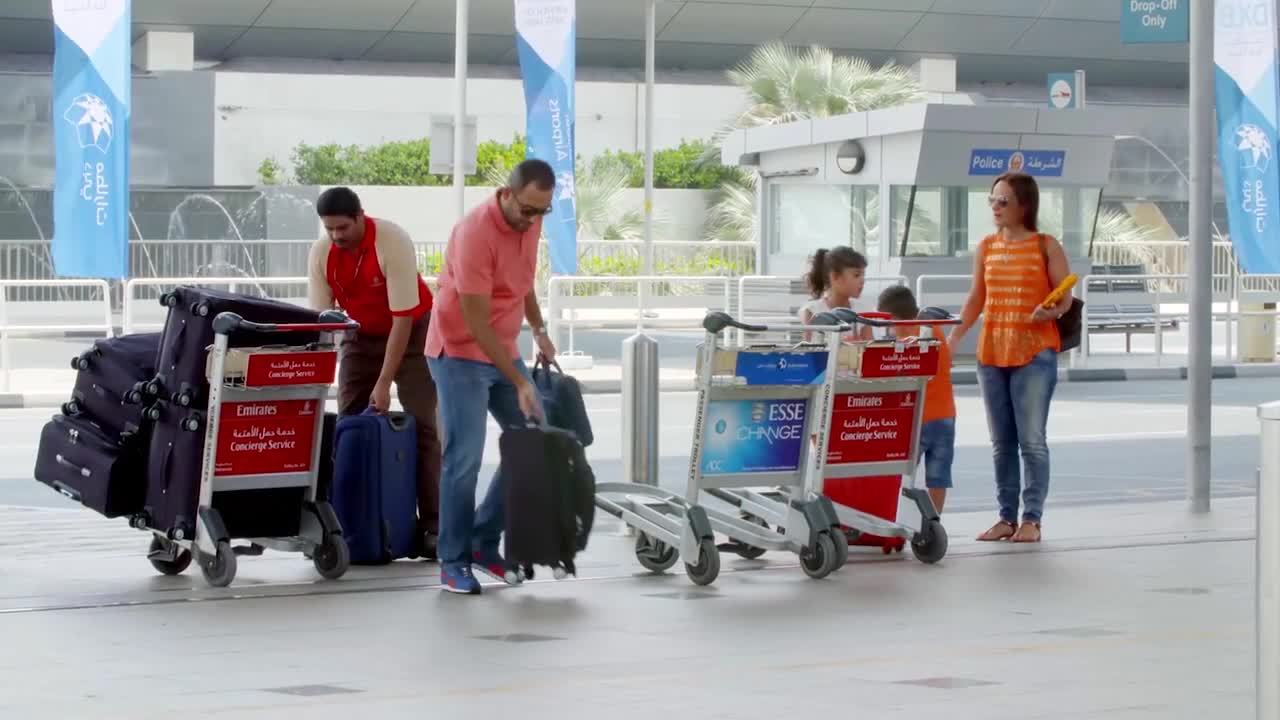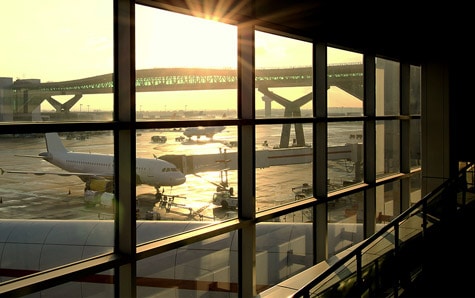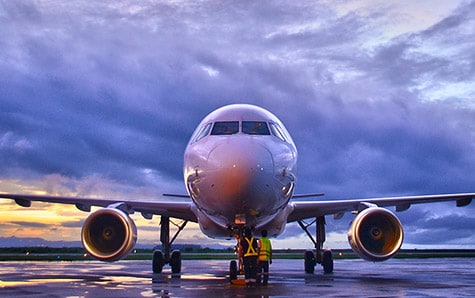We are using Splunk to dramatically improve the travel experience for millions of people.
Dubai Airports is the world’s busiest airport — yet without physical space to expand, it needed to increase airport capacity without any additional terminal space, infrastructure or runways.
By using sensor data, the airport expanded capacity while improving travelers’ experience, including slashing security wait time to under five minutes and predicting baggage load for greater efficiency.
With 90 million travelers passing through it each year, Dubai Airports is the world’s busiest airport.
And the numbers continue to climb. By 2027, passenger numbers at Dubai Airports will top 100 million travelers annually. But with no physical space to expand into, this capacity increase has to be delivered without any additional infrastructure or runways. “The only way to do that is to apply technology on customer-centric processes and use our data and a platform like Splunk to give us the real-time insights to drive efficiency across the airport,” says Michael Ibbitson, executive vice president of technology and infrastructure.
As a result, Ibbitson has been putting sensors everywhere: 3D cameras for measuring queues and security processes, metal detectors, baggage systems and X-ray machines. The airport has built an airport operations center that monitors all of this data using the Splunk platform.
Outcomes
Through Security in Five Minutes or Less
The airport has a target to get 95% of passengers through security in five minutes or less; a target it meets day in, day out. By monitoring the archway metal detectors in security, Dubai Airports can identify trends in where any metallic objects are placed on the body. Passengers travelling to chillier destinations in winter are more likely to be wearing heavy shoes that can set off the alarm. These insights enable the airport to change the messaging on the screens in the security queue — to ask people to remove their shoes, for example — and redeploy staff more effectively. The airport also shares these insights with the police and security teams to help them improve the service and security in the long term.
The only way to [increase our capacity] is to apply technology on customer-centric processes and use our data and a platform like Splunk to give us the real-time insights to drive efficiency across the airport.
Delivering the Fastest Airport Wi-Fi
Dubai Airports aims to deliver the world’s fastest airport Wi-Fi, right from the minute people arrive so they can stream live sports, TV programs and movies while they wait for their flights. To ensure that passengers are able to access the free, 200 MB internet with zero black spots, the airport monitors all the access points in real time with Splunk technology. With up to 20,000 people connected at any one time, the IT team uses Splunk to detect any areas of congestion. They can also detect any rogue Wi-Fi hotspots — which can have a negative impact on the quality of the service that passengers experience — and systematically target them to remove them from the airport.
Dubai Airports has the largest baggage system in the world, extending a total of 150 km, and handling more than 150 million bags annually. Each bag creates more than 200 data points, all of which are monitored in Splunk to make sure it reaches its intended destination. Once the bag tag is printed, this data is also combined with airport operations data to predict the baggage load for the next four hours. Depending on the predicted load, Dubai Airports can spin up more carousels and allocate staff accordingly. “With machine learning in Splunk, we are planning to build on this approach, ultimately predicting the baggage load over the next 12 or even 24 hours,” says Ibbitson.
Dubai Airports has equipped the bathrooms in departures with sensors to ensure it can keep them clean and well maintained. The sensors show precisely which bathrooms have experienced the most traffic and which stalls and faucets have been used the most, to deploy cleaning and maintenance resources efficiently. The airport can even tell how often people are washing their hands; if this number drops, then it could indicate the sinks are not clean enough or there are too few sinks for the number of cubicles, helping inform decisions around the design of bathrooms in the future. “Our golden bathrooms allow us to improve the hygiene of the airport, reduce the spread of diseases and create an overall better customer experience,” says Ibbitson.









